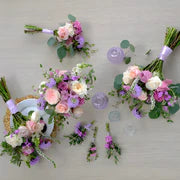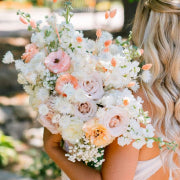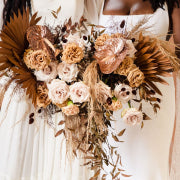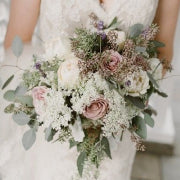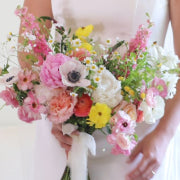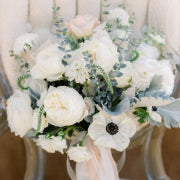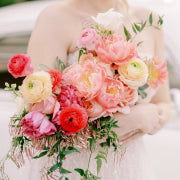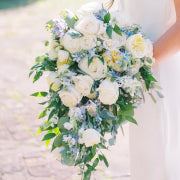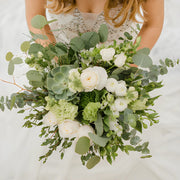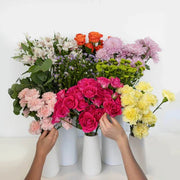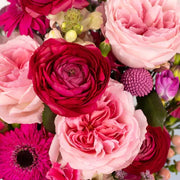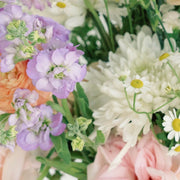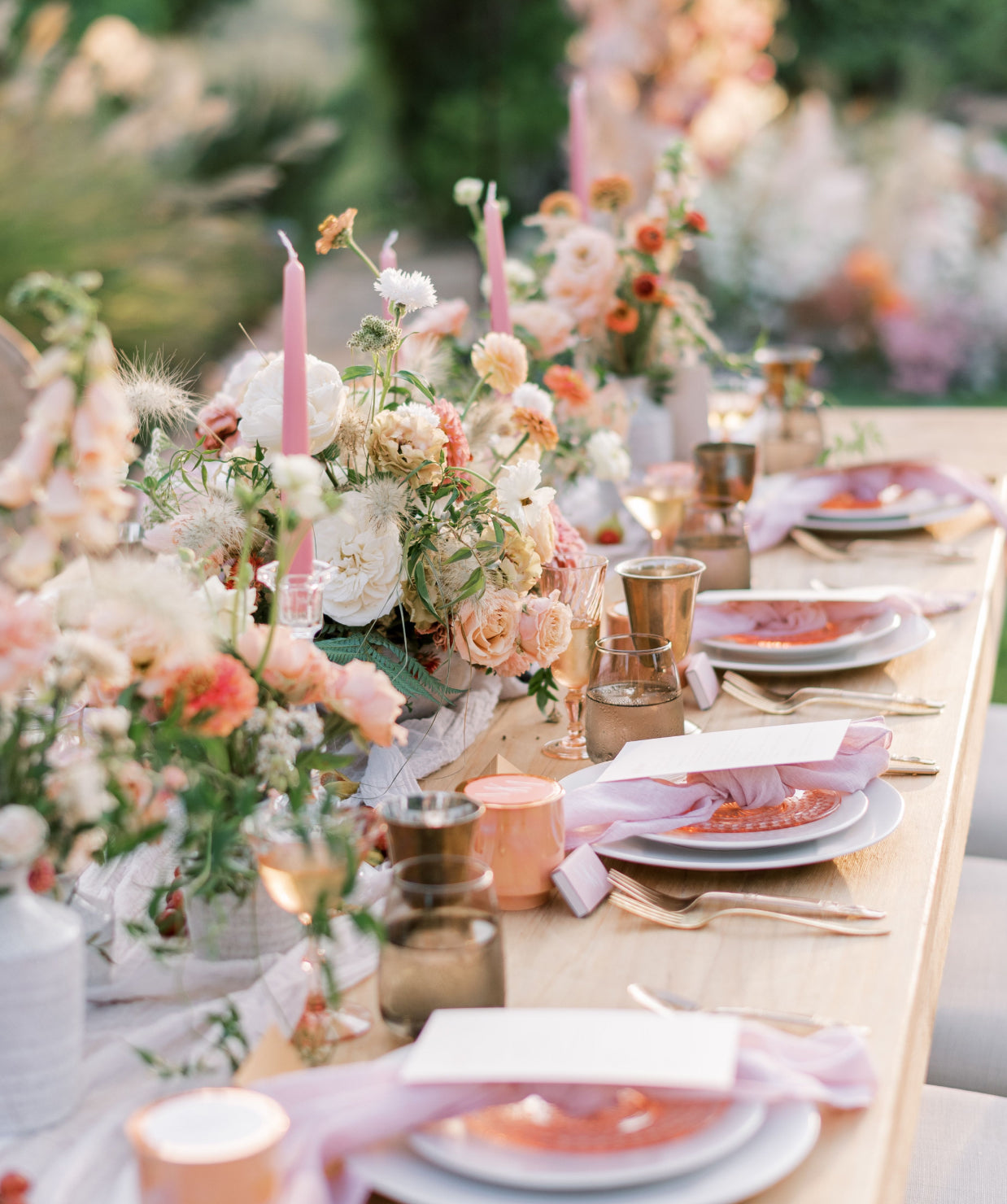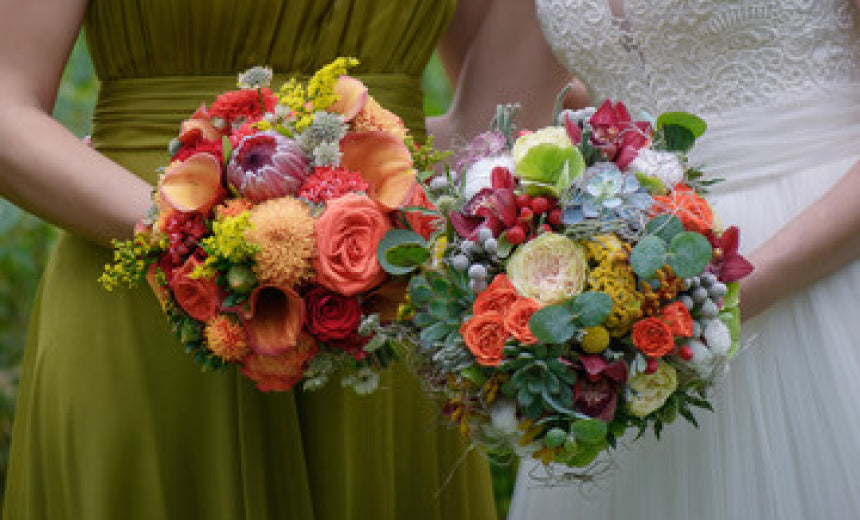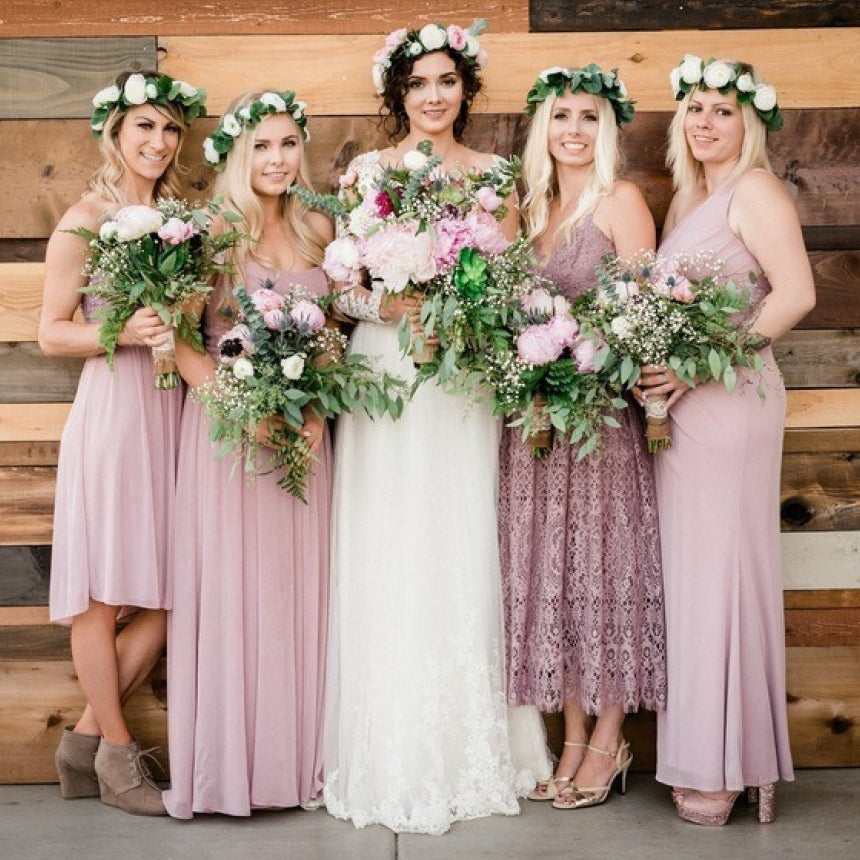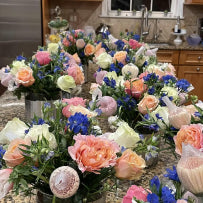Tulips Tips and Tricks: Care For and Arrange Tulips Like a Pro

The pleasant sight of tulips reminds us of the spring season which is an uplifting time of new beginnings and transformations. Tulips sweet fragrance fills the air as its delicate petals gracefully unfurl, like brushes painting vivid hues.
It is obvious that in the symphony of spring, tulips take center stage. We marvel at its variety in textures and volumes- there's a larger diversity in tulips than people realize! Tulips are phenomenal flowers for weddings, events, and the comfort of ones own home because of its good sentiments and various options to choose from.
All About Tulips
Deep within the rugged mountains of Central Asia, where the air is crisp and the landscapes awe-inspiring, lies the ancestral home of tulips. The ancient Persians were among the first to cultivate and appreciate the beauty of tulips. They regarded these exquisite flowers as a symbol of perfection, thus using them extensively in their art, poetry, and gardens. As the Silk Road emerged, tulips captivating beauty and enchanting fragrance made it highly sought after, becoming a prized possession among the elite. The story of tulips continued on centuries after, impacting multiple empires and cultures. Throughout these centuries, tulips have been associated with passion, love, purity, forgiveness, royalty, and admiration. Tulip arrangements become significantly more interesting recognizing the incredible stories of origin behind the flower.
There are over 150 different species of tulips, but three main types are used for weddings and floral arranging. Aside from Standard Tulips, you can choose from big and bold Novelty Tulips to textured Double Tulips.
Standard
Standard tulips are the classic cup-shaped blooms frequently used in floral arrangements. Their simplicity makes them versatile for various design styles, from modern and minimalist arrangements to traditional and romantic bouquets. Below is an example of our standard tulips, the Farm Mix Standard Tulip Flowers.

Novelty - Fringe, Parrot, & Lily Tulips
These ruffled, highly-textured petaled flowers add a touch of whimsy and uniqueness to floral arrangements. They make spectacular candidates for adding visual interest and focal points in bouquets. Below is an example of our novelty tulips, the Pink and Purple Aurora Tulip Bouquet.

Peony/Double
Double or peony tulips are prized for their fully double blooms with numerous layers of petals. These lush, opulent flowers are often utilized in arrangements where a dramatic and luxurious effect is desired. Their voluminous appearance adds depth and texture to floral designs, making them ideal for creating extravagant centerpieces or statement bouquets. Below is an example of our peony/double tulips, the Plum Berry Double Tulip.

Caring For Tulips
Basic Flower Care Instructions for Tulips:
- Prepare clean buckets or vases filled with water.
- Open your FiftyFlowers box, take out the Tulips, and remove the protective foam or paper packaging.
- At an angle, cut about 1 inch off the stem of your tulip. This ensures the greatest surface area is available for hydrating your flowers.
- Place your tulips in the water. Make sure to avoid crowding of flowers.
- Keep in a cool, dark environment until your event or until it’s ready to be used.
- Refresh the water every 24-48 hours.
Important notes about Tulips:
- Tulips will arrive closed, but once placed in water it will grow and bloom substantially.
- Tulips are phototropic, which means that their blooms follow the light. Place tulips underneath the light if you want a straight stand tulip.
- It’s important to note that tulips do have a natural bend.
Tulips are one of the few types of flowers that actually continue to grow after they've been cut and placed in water. Proper hydration can go a long way!

Arranging With Mainly Tulips
- Begin by adding the tallest tulips to the center of the vase. These will serve as the focal point of your arrangement.
- Gradually add shorter tulips around the central blooms, creating a visually appealing height variation.
- Adjust the angles of the tulips to achieve a balanced and natural look.
- Fill in any gaps with additional tulips or complementary foliage, such as wax flower baby's breath.
- Step back and assess your arrangement from different angles, making any necessary adjustments until you're satisfied with the overall look.
Arranging With Tulips and Other Flowers

Consider the following factors when selecting complementary blooms:
-
Colors: Choose flowers in hues that complement or contrast with the tulips. For example, pair purple tulips with yellow daffodils for a vibrant combination, or white tulips with pink roses for an elegant and romantic arrangement. Another option is to incorporate a variety of flowers within the same theme that features tulips.
-
Size and Shape: Opt for flowers that vary in size and shape. Combine large, showy blooms like peonies or hydrangeas with delicate flowers such as baby's breath or freesias.
-
Texture: Mix flowers with different textures to create depth. Incorporate flowers with smooth petals, like roses, alongside more textured blooms like ranunculus or anemones.
Are you ready to get started on your flower journey? We're here for you! Start shopping for wedding flowers by color or variety, or explore your style by following us on Pinterest or checking out our Make This Look page.
We send fresh flowers straight from the farms to your arms, so you can design your dream look while saving money. If you need help designing, be sure to check out our YouTube for DIY tutorials, book a consultation, or read the blogs below for some more guidance!
Read More Like This:
Photos courtesy of FiftyFlowers



